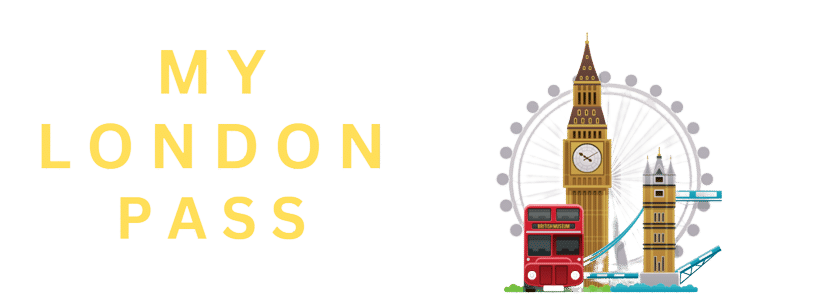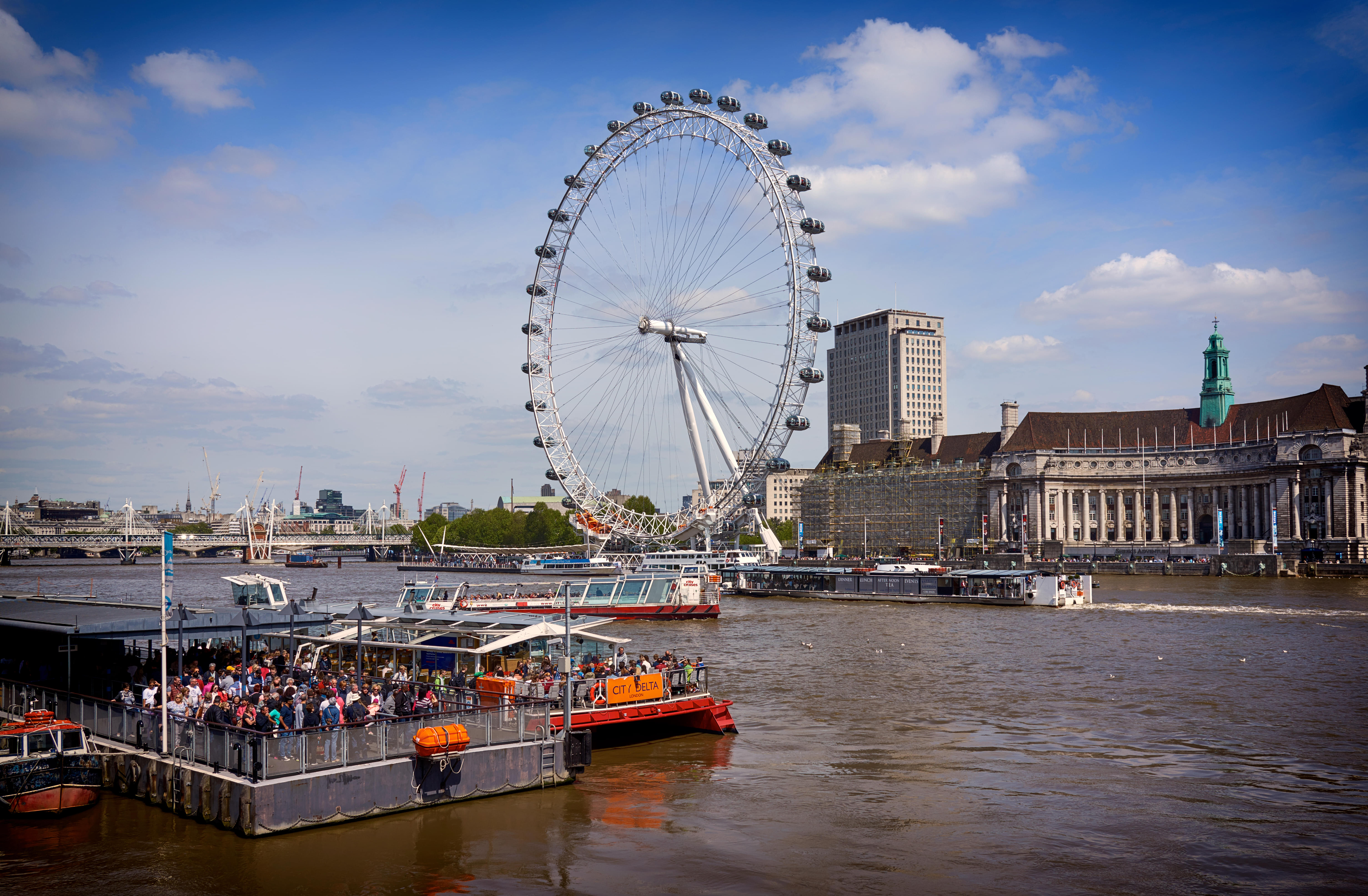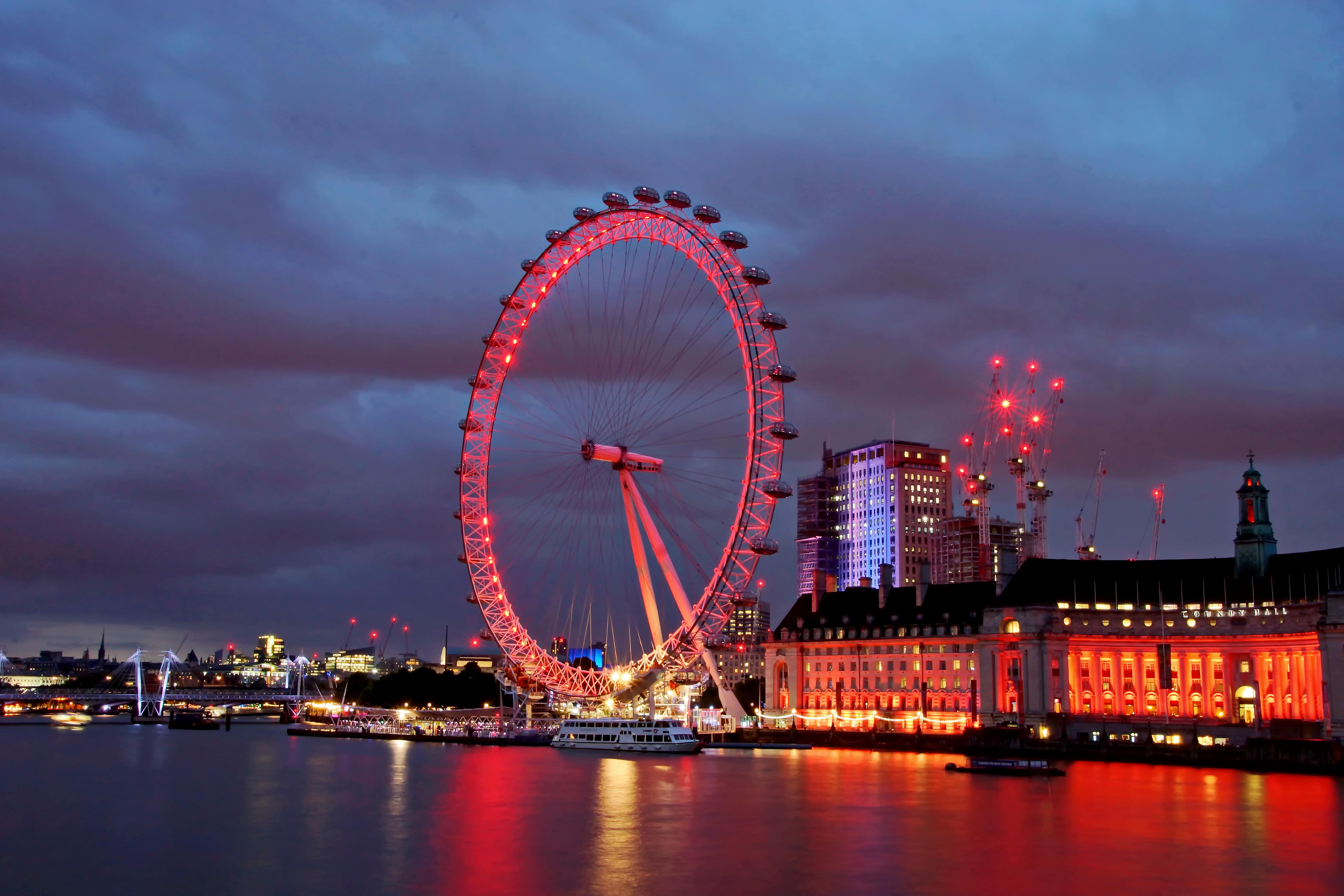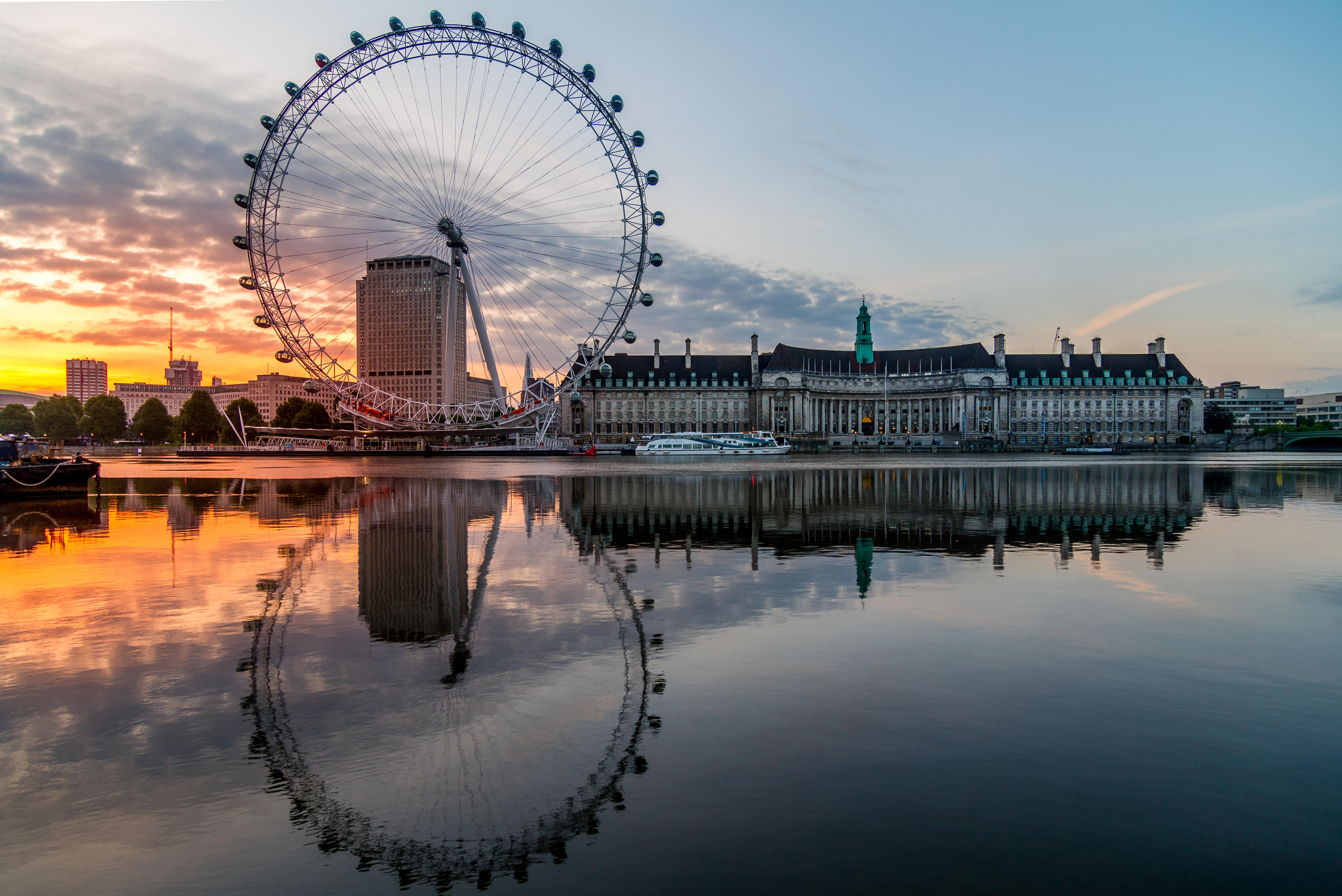London Eye Overview
Facts About London Eye
The London Eye is the fourth largest ferris wheel in the world and the tallest cantilevered observation wheel in Europe. It stands at a height of 135 metres and weighs 2100 tonnes while the wheel has a diameter of 120 metres. There are 32 capsules in the London Eye, each weighing around 11 tonnes and capable of accommodating 25 people at a time. The gigantic size and architectural significance of the London Eye make it an iconic landmark and an emblematic symbol of London.
Also Checkout & Book: London Attraction Tickets
The London Eye is the most popular paid tourist attraction in the United Kingdom that welcomes around 3.5 million visitors every year. According to the London Eye fun facts, the wheel attracts more tourists annually than the Taj Mahal, Eiffel Tower and Pyramids of Giza. The opportunity to experience the panoramic views of the city from the capsules coupled with the architectural brilliance of the wheel itself make it a must-visit destination for tourists.
Recommended Read: O2 Arena Climbing Experience
The London Eye has an impressive capacity to accommodate up to 800 passengers at a time. It has 32 spacious and comfortable capsules, each of which is capable of holding up to 25 people. As per London Eye facts, the capsules are numbered from 1 to 33 and for superstitious reasons, there is no capsule 13. The high capacity of the observation wheel ensures that the visitors have ample opportunity to go on a ride without long waiting times which contributes to the overall enjoyment and accessibility of the London Eye.
Also Recommended: Scuba Diving London
The London Eye offers stunning panoramic views of the city, its beautiful skyline, towering skyscrapers and architectural marvels. The observation wheel has 32 capsules with large, floor-to ceiling windows that offer unobstructed 360-degree views of the cityscape. As you ascend to a height of 135 metres, you can experience the beauty of London’s bustling streets, parks, historic sites and River Thames. One of the London Eye's interesting facts is that you can witness renowned attractions like the Houses of Parliament, Big Ben, Buckingham Palace, and St. Paul's Cathedral from the wheel.
Also Explore: Bungee Jumping London
The London Eye offers smooth and controlled rotations, thus ensuring a comfortable and enjoyable experience for all passengers. Powered by electric motors and equipped with a sophisticated hydraulic system, the wheel moves slowly and seamlessly with no abrupt starts or stops. It is one of the interesting London Eye fun facts that the wheel moves only slightly faster than a tortoise at a speed of 26 cms per second. It takes about 30 minutes to complete one rotation and completes nearly 7668 rotations in a year..
Must Read: London River Cruise
Standing at a soaring height of 443 feet (135 metres), the London Eye is Europe's tallest observation wheel and the sixth tallest structure in the London city. The height of the wheel is equivalent to 64 red telephone boxes placed one above the other. This towering height of the wheel lets visitors enjoy views that extend up to 25 miles away. London Eye fun facts report that it was the tallest ferris wheel in the world from 1999 to 2006, until it was overtaken by Star of Nanchang in China.
Also Checkout: Go Karting In London
London Eye facts suggest that the concept behind the London Eye was to create an innovative observation wheel that would be the iconic symbol of London. The goal was to provide an unforgettable experience, allowing people to enjoy breathtaking views and appreciate the beauty of London from a high vantage point. The London Eye represents architectural brilliance, and engineering excellence with its cantilevered design, fully enclosed capsules, and state-of-the-art rotation mechanism. It was proposed as a temporary structure to celebrate the new millennium in 2000 but was later made permanent.
You Can Also Checkout: Ice Skating London
The London Eye is an engineering marvel with a robust structure made of steel and glass. The entire wheel weighs approximately 2,100 tons and has a diameter of 120 metres. The wheel's design features a central hub and 64 steel radial spokes that support the outer rim where the capsules are attached. According to the London Eye facts, the wheel is operated by an electric motor and the capsules are kept in level using a hydraulic system. Despite its impressive weight, the wheel’s structure distributes the load evenly ensuring safety and stability.
Checkout Now: Emirates Cable Car
London Eye houses 32 spacious and comfortable glass capsules which represent each of the city’s boroughs. The capsules are fully air-conditioned with a comfortable bench seating to provide ample legroom and climate control for a pleasant environment. There is also an exclusively private capsule called the ‘Cupid’s Pod’ for couples and a Coronation Capsule’ dedicated to the British Royal family. The capsules also have touch screens and audio guides that let passengers learn fun facts about London Eye and the landmarks they see from the observation wheel.
Must Checkout: Crystal Palace Park
London Eye facts suggest that the impressive element of the observation wheel is its shape which resembles a bicycle wheel with steel spokes radiating out from the centre. This unique and innovative design sets the London Eye apart from other attractions in the area, thus making it easily recognisable. It boasts of a sleek and modern design with steel frames and glass capsules which lets the visitors enjoy the panoramic views of the city. Another remarkable design of the London Eye is its LED lighting system which changes colour throughout the night.
Recommended Reads: Things To Do In Central London
One of the London Eye interesting facts is that the observation wheel has altered one of the passenger capsules as Royal Capsule. On June 2, 2013, the London Eye named a capsule as Royal Capsule to commemorate the 60th anniversary of the crowning of Queen Elizabeth II. It is a coronation-themed capsule adorned with vintage decors, regal ambiance and luxurious furnishings including a replica of the 700-year old Coronation Chair and Crown Jewels. The Royal Capsule offers a memorable moment by recreating the Westminster Abbey experiences 135 metres above the ground.
Also Explore: Museums In London
The London Eye was originally intended to be a temporary structure with a five-year lease to celebrate the new millennium in 2000. However, due to the popularity of the attraction, the operators submitted an application to the Lambeth Council in December 2001 to give London Eye a permanent status. The application was accepted in July 2002 and the Council granted the Eye a permanent licence. Following the rental dispute between the London Eye and Southbank Centre which owns the land beneath one of the struts, a 25-year lease was agreed in 2006.
Do Checkout: Hop On Hop Off London
FAQs
Where is the London Eye located?
The London Eye is located at Riverside Building in Westminster Bridge Road on the South Bank of River Thames. It is opposite to the Big Ben and Houses of Parliament and next to the London Eye Pier. The ticket office of London Eye is located inside the County Hall building.
How To Reach the London Eye?
- By tube: Board a train to the Waterloo or Westminster tube station from where you can walk to the London Eye in 10 minutes.
- By bus: Buses on lines 211, 77 and 381 have stops near London Eye.
- By boat: The London Eye Pier runs riverboat services from O2, Bankside, London Bridge, Embankment and Canary wharf on the River Thames to reach London Eye.
Do Checkout: IFS Cloud Cable Car
What is the best time to visit the London Eye?
The best time to visit the London Eye is during the morning hours or early afternoon on a weekday when the place is less crowded. It is also advisable to visit during the spring and summer months from March to August as the sky is clear and weather is pleasant.
Must Checkout: Stonehenge Tickets
What to do while visiting the London Eye?
- Go on a ride on the London Eye observation wheel and witness panoramic views of London city
- Visit SEA Life London Aquarium
- Take a cruise on the River Thames
- Go on a stroll along the South Bank and enjoy local food
- Explore Buckingham Palace
- Visit Westminster Abbey
- Relax in Jubilee Gardens
- Witness beautiful European artworks at the National Gallery
- Marvel at the Big Ben clock tower
- Go on a tour around the Buckingham Palace
- Explore London Dungeons
- Visit St. Paul’s Cathedral
- Watch a show at the Southbank centre
- Experience the beauty of London at night
Can we visit the London Eye at night?
Yes, you can visit the London Eye at night as it operates till 9:30 PM from April to September and till 8:30 PM from October to March. Visiting the London Eye at night is an enchanting experience as it is adorned in colourful lights and offers breathtaking views of the city’s illuminated skyline.
Also Explore: Places To Stay Near Stonehenge




